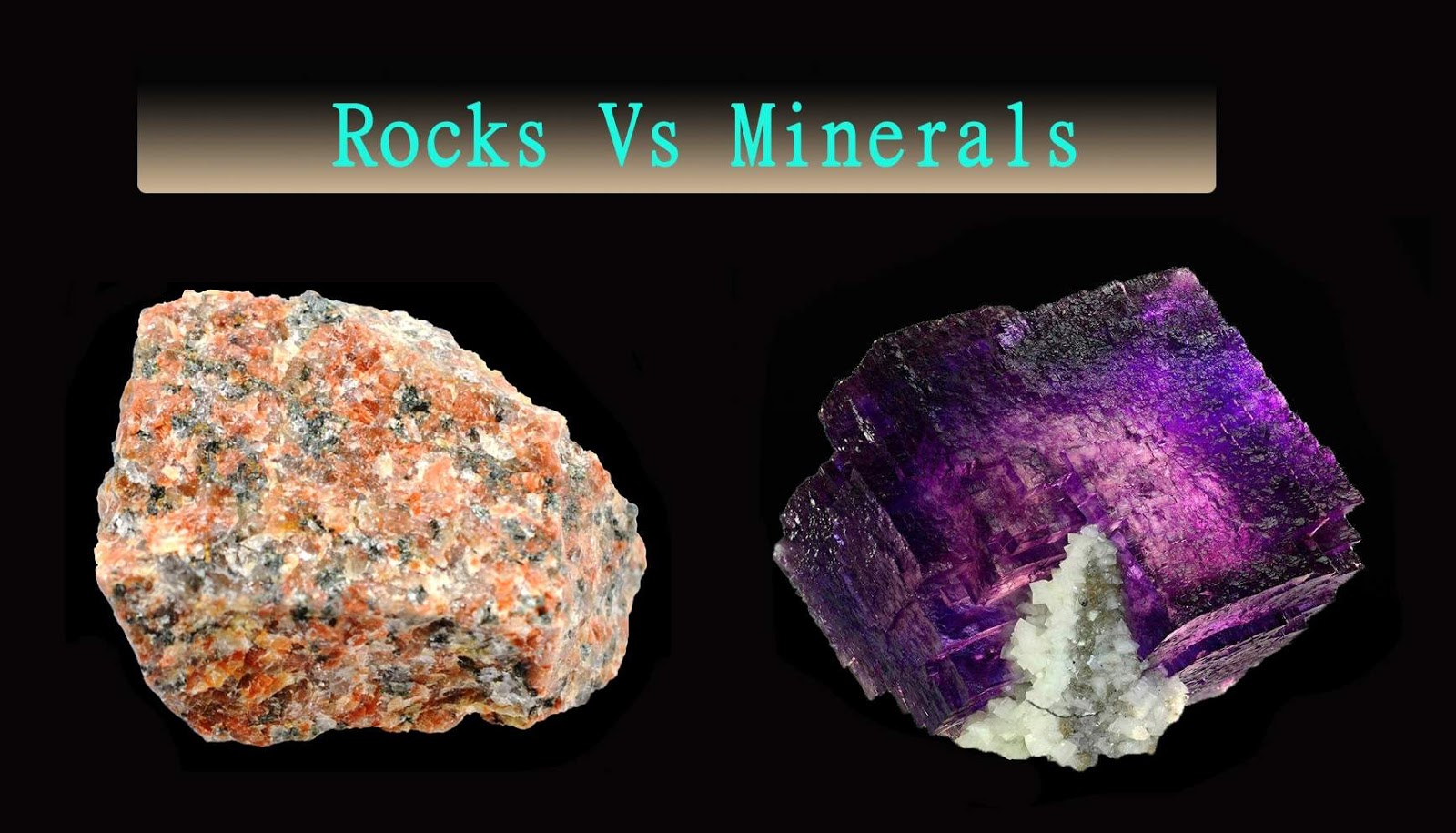Sedimentary rocks are a fascinating part of the Earth's geological history. They provide valuable insights into past environments, climate changes, and the formation of natural resources. However, identifying sedimentary rocks can be a challenging task for both geologists and enthusiasts. In this article, we will explore the key characteristics and techniques to help you determine if a rock is sedimentary.
- Stratification:
One of the most distinctive features of sedimentary rocks is their layered structure, known as stratification. Sediments accumulate over time, forming distinct horizontal layers. These layers can vary in thickness, composition, and color. By carefully examining the rock's surface, you can identify the presence of stratification, indicating a possible sedimentary origin. - Grain Size and Sorting:
Sedimentary rocks are composed of various grains, such as sand, silt, and clay. The size and sorting of these grains can provide valuable clues. Larger, well-rounded grains typically indicate transportation by water, while smaller, angular grains suggest wind or ice transport. Additionally, well-sorted grains indicate longer transportation distances, while poorly sorted grains imply shorter distances. - Fossils:
Fossils are often found in sedimentary rocks and serve as crucial evidence of past life forms. By carefully examining the rock, you may discover the remains of ancient plants, animals, or even microscopic organisms. Fossils can provide valuable information about the age and environment in which the rock was formed, helping to confirm its sedimentary nature. - Sedimentary Structures:
Sedimentary rocks exhibit unique structures formed during their deposition and subsequent processes. These structures include cross-bedding, ripple marks, mud cracks, and graded bedding. Cross-bedding, for example, is the inclined layering within a rock, indicating the presence of ancient dunes or river channels. By observing these structures, you can further support the identification of a rock as sedimentary. - Chemical Composition:
While sedimentary rocks are primarily composed of grains, their chemical composition can also provide valuable insights. Certain minerals, such as calcite or gypsum, are commonly found in sedimentary rocks. Additionally, the presence of specific elements or compounds, such as organic matter or carbonate minerals, can further confirm the rock's sedimentary origin.
Conclusion:
Identifying sedimentary rocks requires a keen eye for detail and a comprehensive understanding of their unique characteristics. By examining the rock's stratification, grain size and sorting, fossils, sedimentary structures, and chemical composition, you can confidently determine if a rock is sedimentary. Remember, the Earth's geological history is written in these rocks, waiting to be deciphered by those who seek to understand our planet's past.
